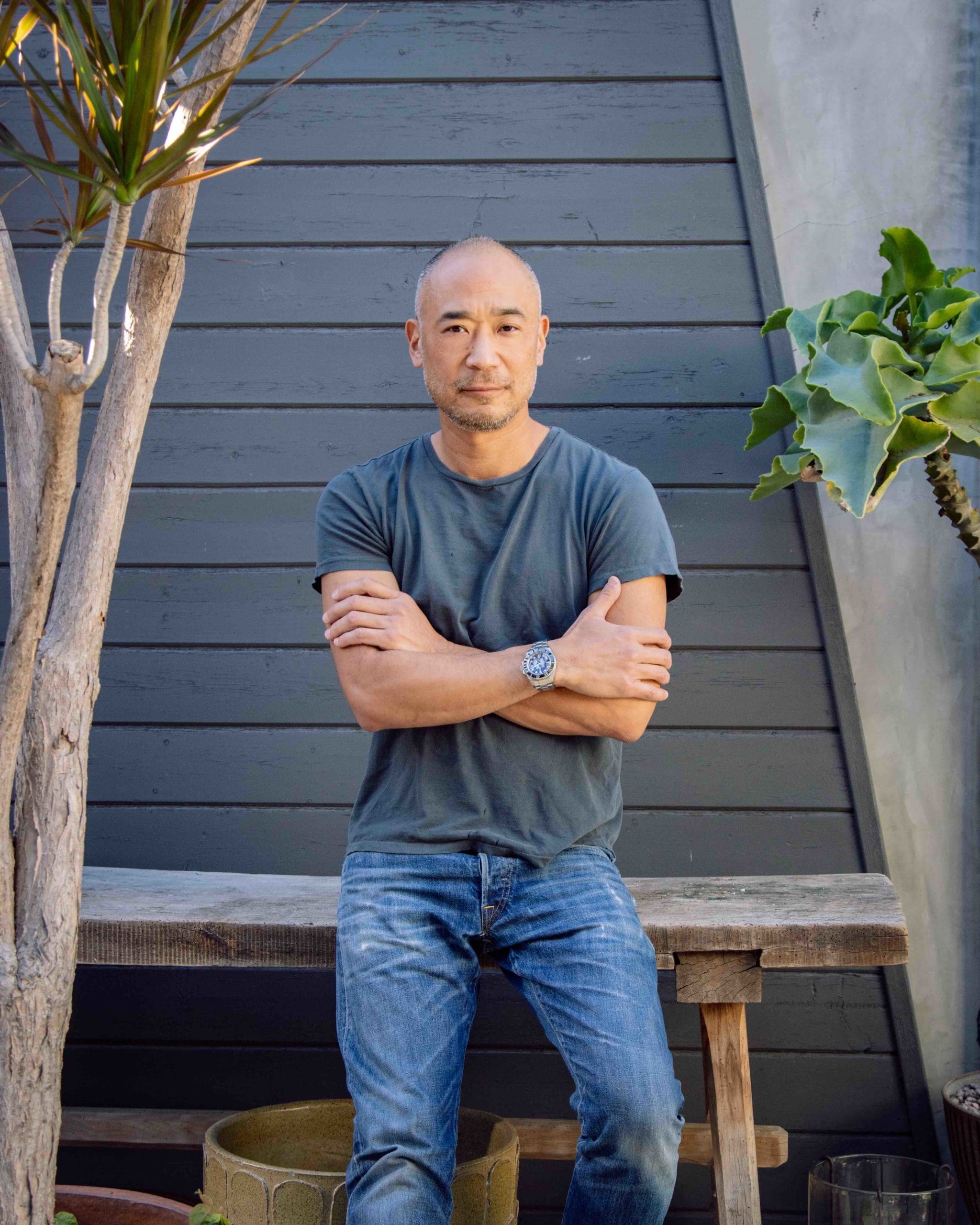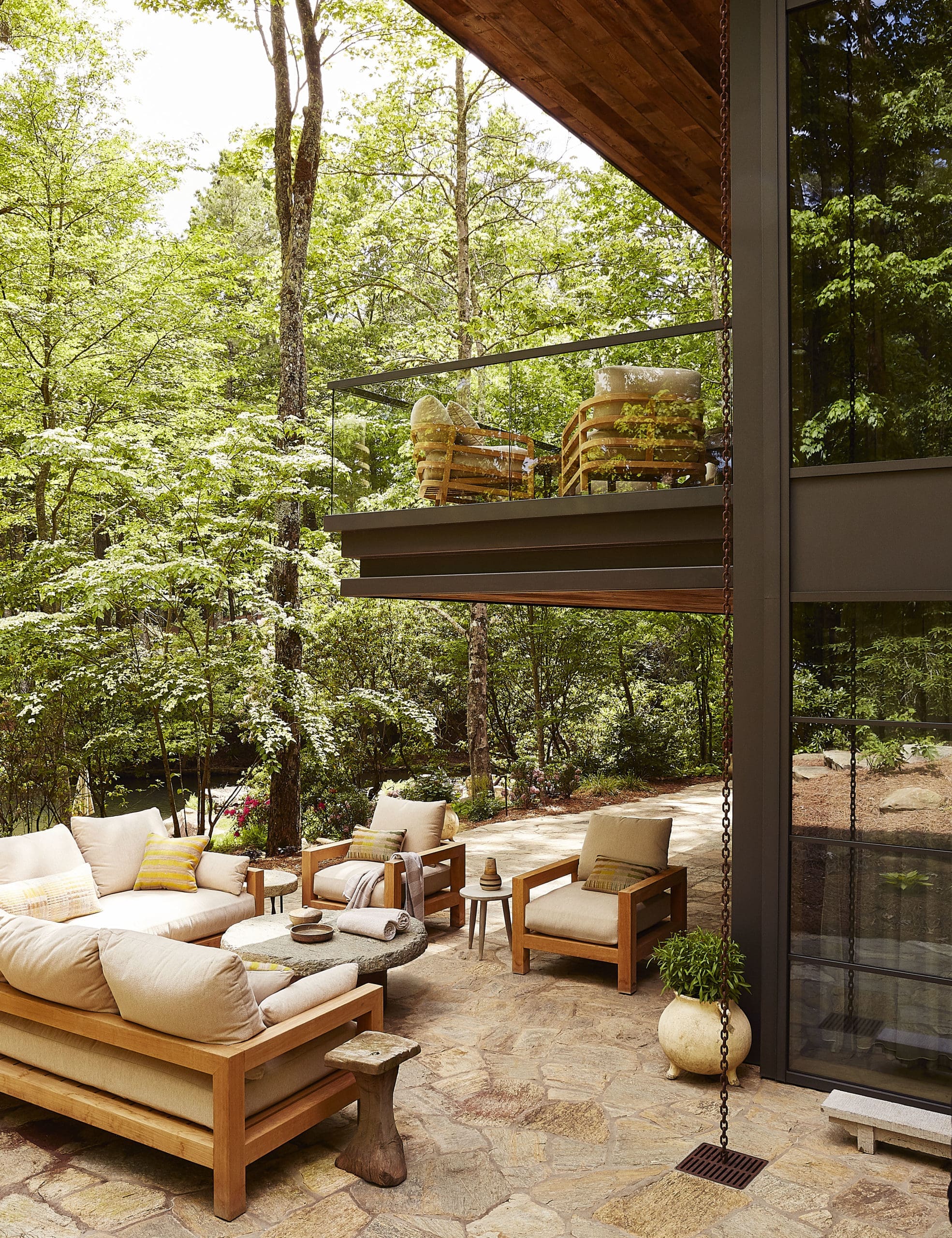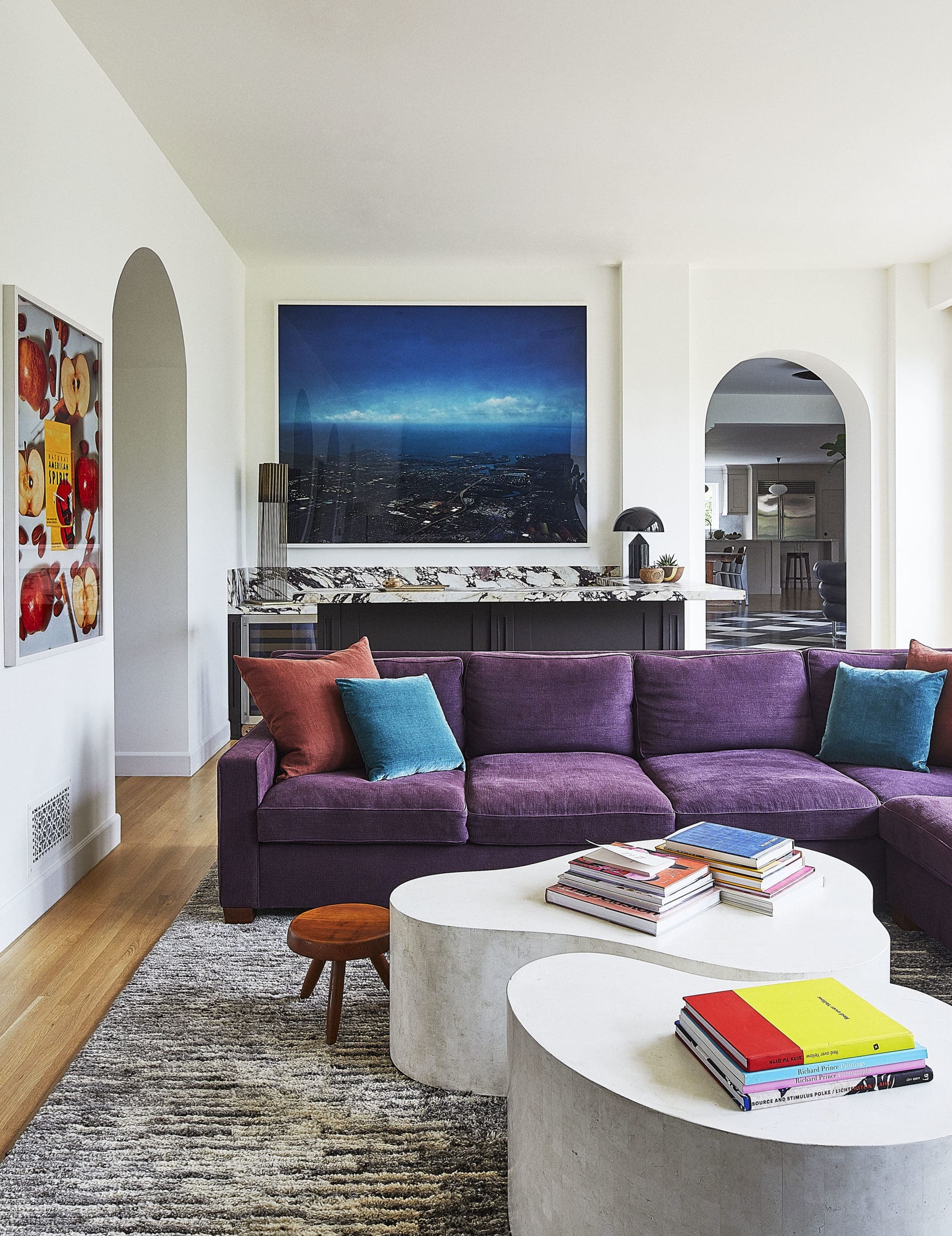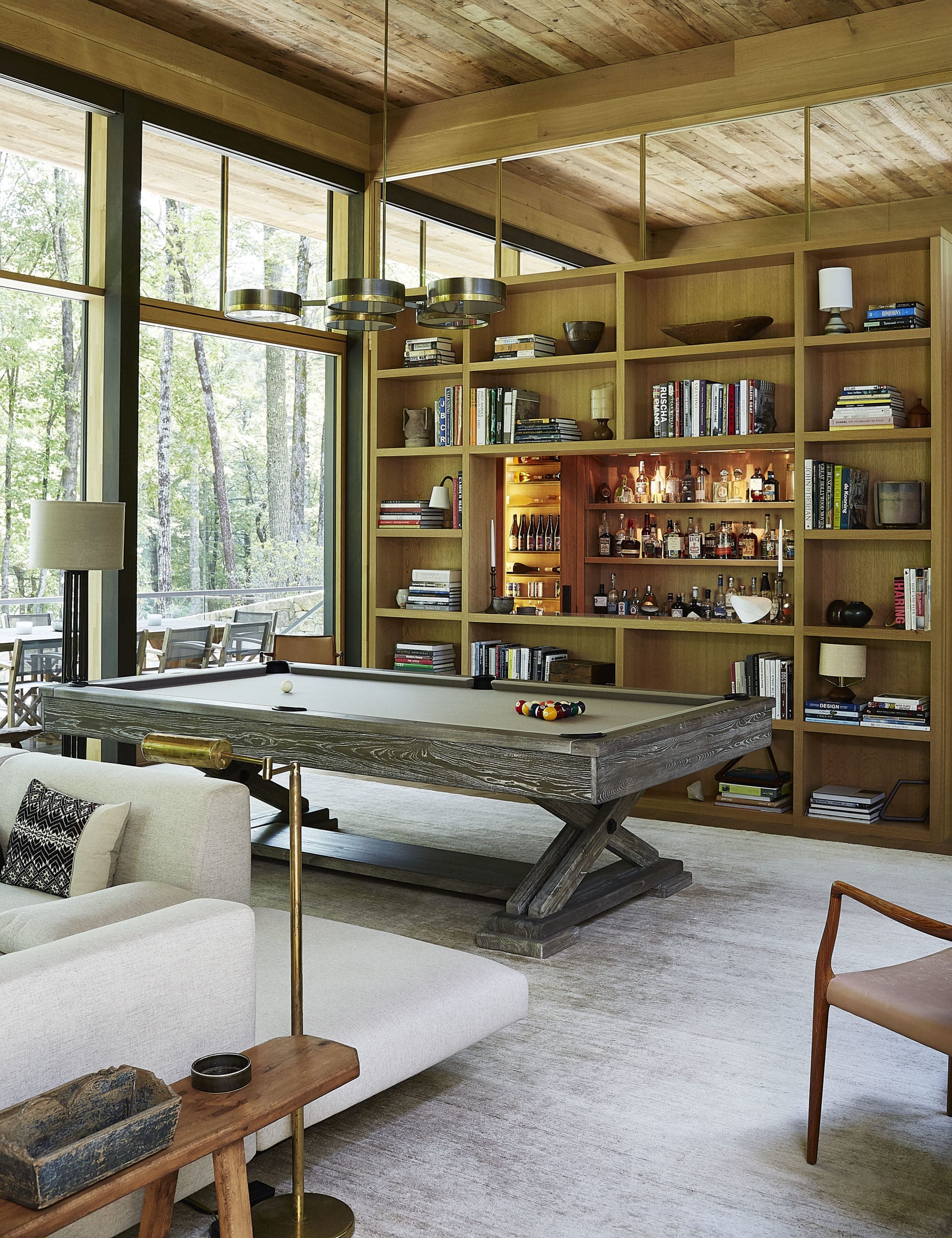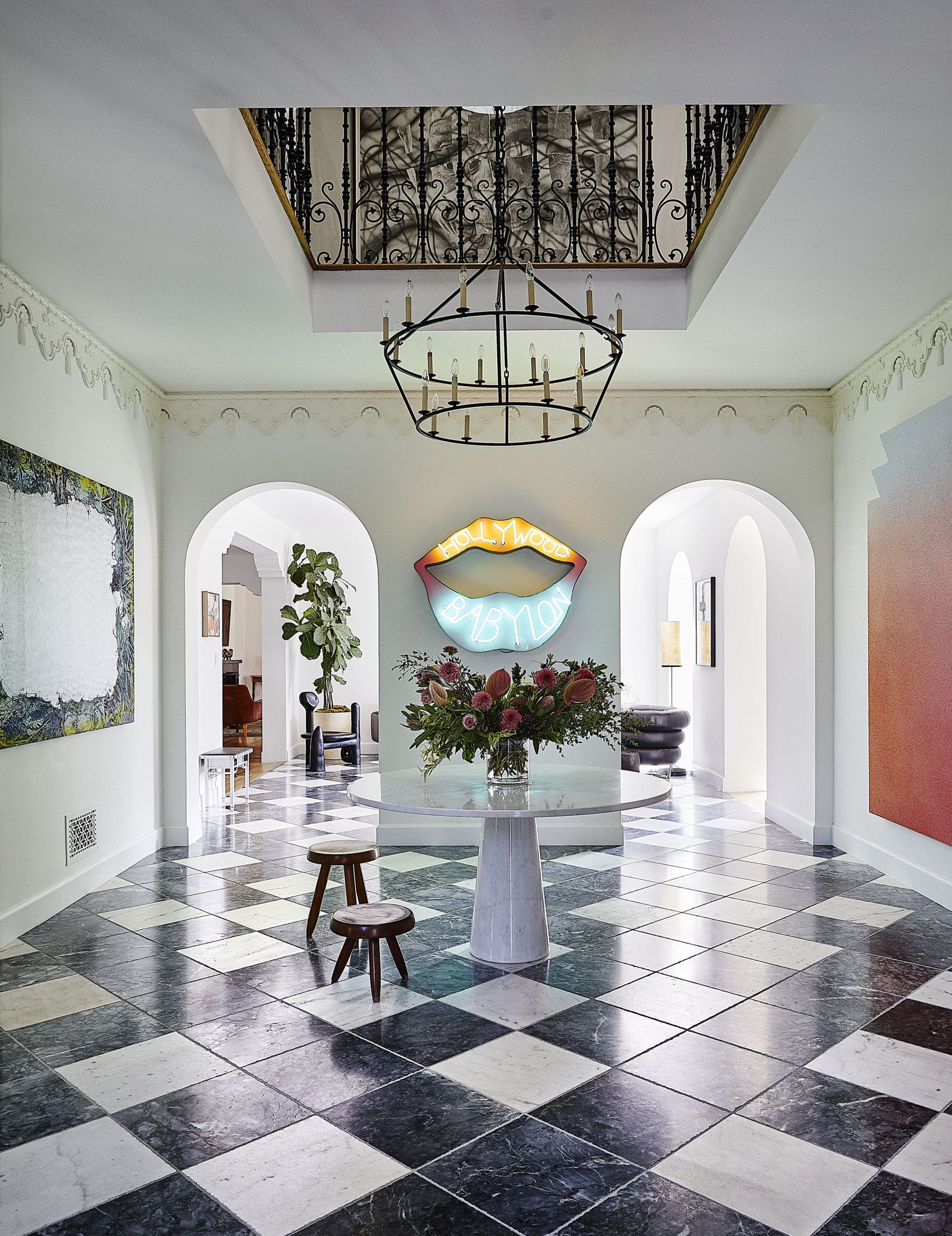He’s been called gusty and provocative by magazines like Elle Decor, but Cliff Fong, founder of Matt Blacke Inc., is mostly an editor who blends basics with statement pieces. He began his career in fashion with specialty retailers such as Maxfield, Fred Segal and Ron Herman before shifting to interiors. Whether curating a good outfit or a great house, he understands high-profile clients like Ryan Murphy and Ellen DeGeneres, with whom he’s had a 30-year friendship. And he’s a true master of the art of high/low, unafraid to mix Prada with Gap or wild art with antiques, often from his own Los Angeles–based Galerie Half.
On a New Way to Live
A lot of clients living in cities have purchased properties almost sight unseen: a condo in Wyoming, a lake home in Maine, a mountain house in North Carolina. They want to go where there’s an interesting experiential environment or back to their roots to smaller towns. Their immediate response to the pandemic was, “Let’s get out of here! Let’s escape what we know that doesn’t seem to be working for us and explore some things we’ve always wanted to do!” It’s really interesting to see how differently clients are using their second or third homes now; they’re creating experiences for their kids and extended families. The amount of goodwill and generosity has really expanded.
On the Luxury of Nature
With the way climate change is affecting our environment and the world around us, nature is becoming a more rarified thing for people to access and enjoy. And anything that starts to feel rare becomes a luxury. I’m kind of a nature freak; I see architecture and sculptural qualities in nature and a lot of my inspiration comes from there. In the past, I’d work on exterior furniture but a landscape architect would figure out how the outdoor living areas function. Now, clients are asking me for advice or involvement in giving gardens a little more love and helping define the way they live, because the way they live is not just indoors anymore.
On Ellen and Enjoying the Process
Most people believe that the two most stressful things in life are moving and divorce. For Ellen, moving is almost like a hobby: finding interesting properties and reimagining them in the same way people might create a beautiful garden or aquarium. She has a great time because she’s a huge lover of design. When I was working in fashion, I helped her with wardrobe. One day, she asked me to housesit and added, “If you could help me fix the place up, that’d be great!” When I’ve worked with Ellen over the years, I’ve seen amazing things happen. But she never intends to flip a home. I don’t think I’ve ever heard her say, “Let’s do this for investment purposes.” It’s more like, “Let’s see how beautiful we can make this.”
On Financial Freedom
We live in an age where it’s easy to push a couple buttons and a day later your groceries or some pillows arrive at your door. My clients, especially the ones who are conflicted over the financial freedom they have, often say, “I just have so much stuff, and I feel like I don’t own it — it owns me.” When you have that kind of financial freedom and can just push buttons, you never have to ask yourself those questions: Yes, I can afford it, but do I need it? Do I really want it? Is it meaningful to me?
On a Sense of Discovery
Flea markets are my absolute favorite and something I have missed during the pandemic. I’m a scavenger at heart. I like finding deals, but it’s really about the sense of discovery. I get to do that a little more with people who are working with a designer for the first time than with people who have multiple homes and for whom design is just another facet of their life — almost like getting dressed then accessorizing.
On the Art of High/Low
Fashion at its highest level is an art and a manner of communication. People who have amazing style tend to know themselves better. When you know yourself well, you know what flatters you and what you want to communicate, downplay or even hide. Some people just dress to impress, and that can fall flat because they don’t have the vocabulary for fashion at a certain level. So sometimes it’s better to just keep it basic. There’s nothing wrong with a T-shirt and jeans or an oxford and chinos, but how you accessorize makes a big difference. It doesn’t take any imagination to just go to Prada and buy everything head-to-toe. It’s much more interesting to mix something high-end with something vintage and something you’ve had for years from the Gap — no one makes better chinos! When you put it all together, you create something fresh. That’s always my objective with my interior design work: to create something that’s unique and personal for each family and to help communicate what it is they really mean to share.
On Dressing a Room
If you were to think about dressing a room the way a person gets dressed in the morning, most people put on pants first. Let’s just say it’s a favorite pair of jeans; they could be brand-new or beat-up, tailored or raw indigo. To me, those jeans are like a beautiful rug. You can put anything on top of the rug, and it’ll look good. A tailored sport coat with jeans is like a really refined sofa on the rug. A comfy handknit sweater is like a big overstuffed sofa on the same rug. You can tailor it based on your mood and even change it seasonally by accessorizing with different pillows, throws, lamps and other objects. Getting dressed in the morning is a building process, and I think about rooms the same way. Every day you have a chance to define the way you dress and the way you live.
On Collecting, Not Hoarding
I once heard someone say that the difference between a collector and a hoarder is zeros in a bank account. I have quite a few clients who have served on museum boards and whose art collections rival the value of their real estate. Making that work is something I really enjoy doing, but it’s not always easy. I try to find some commonality between the art and the furniture that allows people to appreciate what it is they’re looking at. There’s a bit of an editing process, but you can arrange all those things you’ve hoarded in a way that makes them look like a collection. I love visual stimulation — I just don’t love too much of it.


